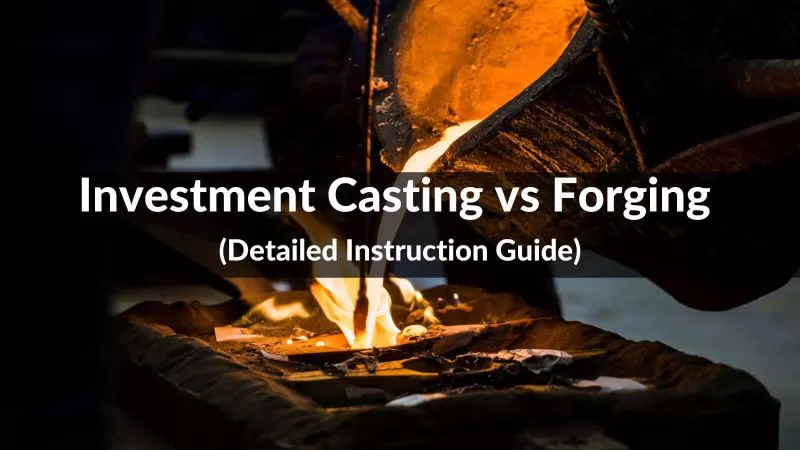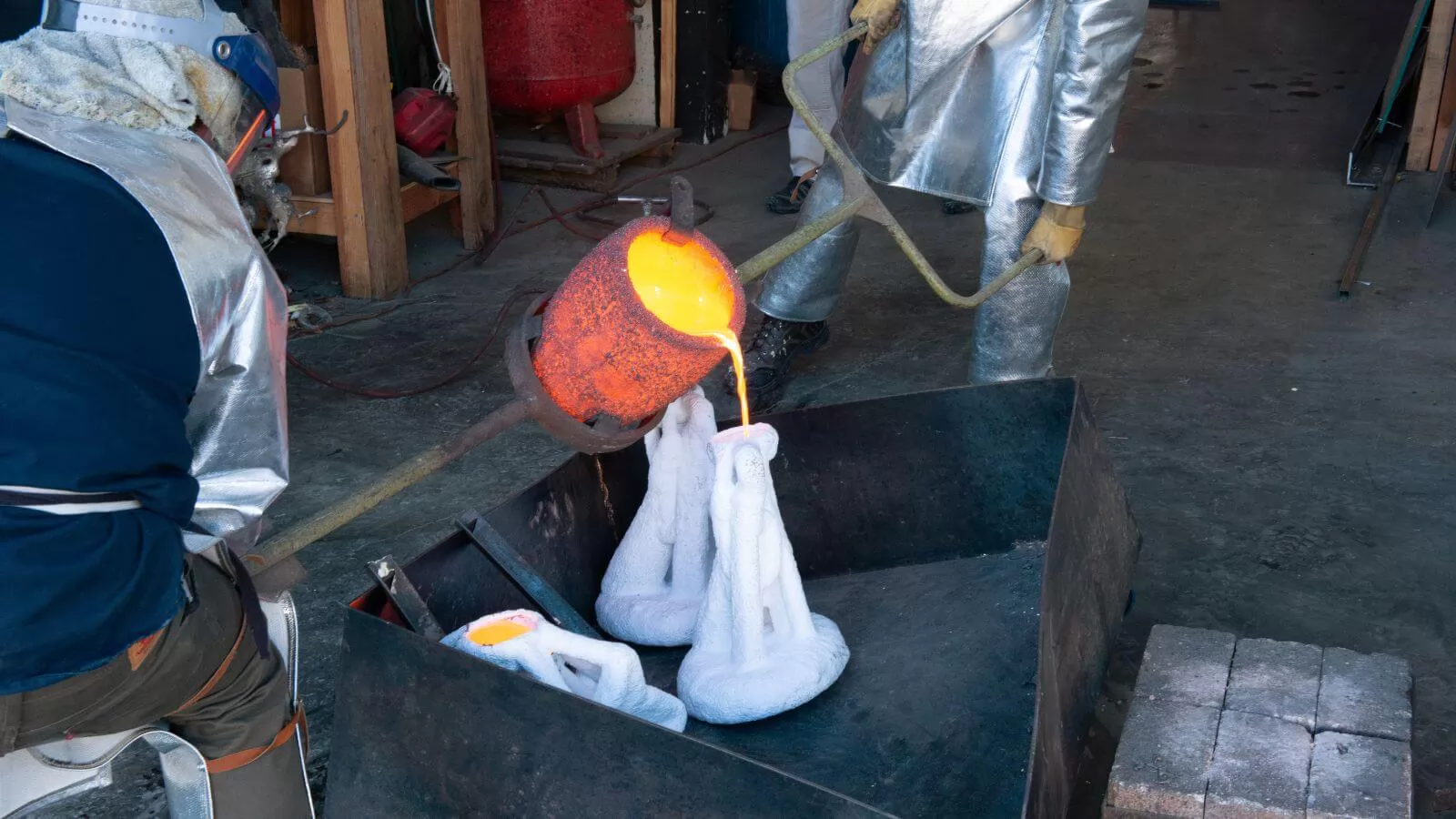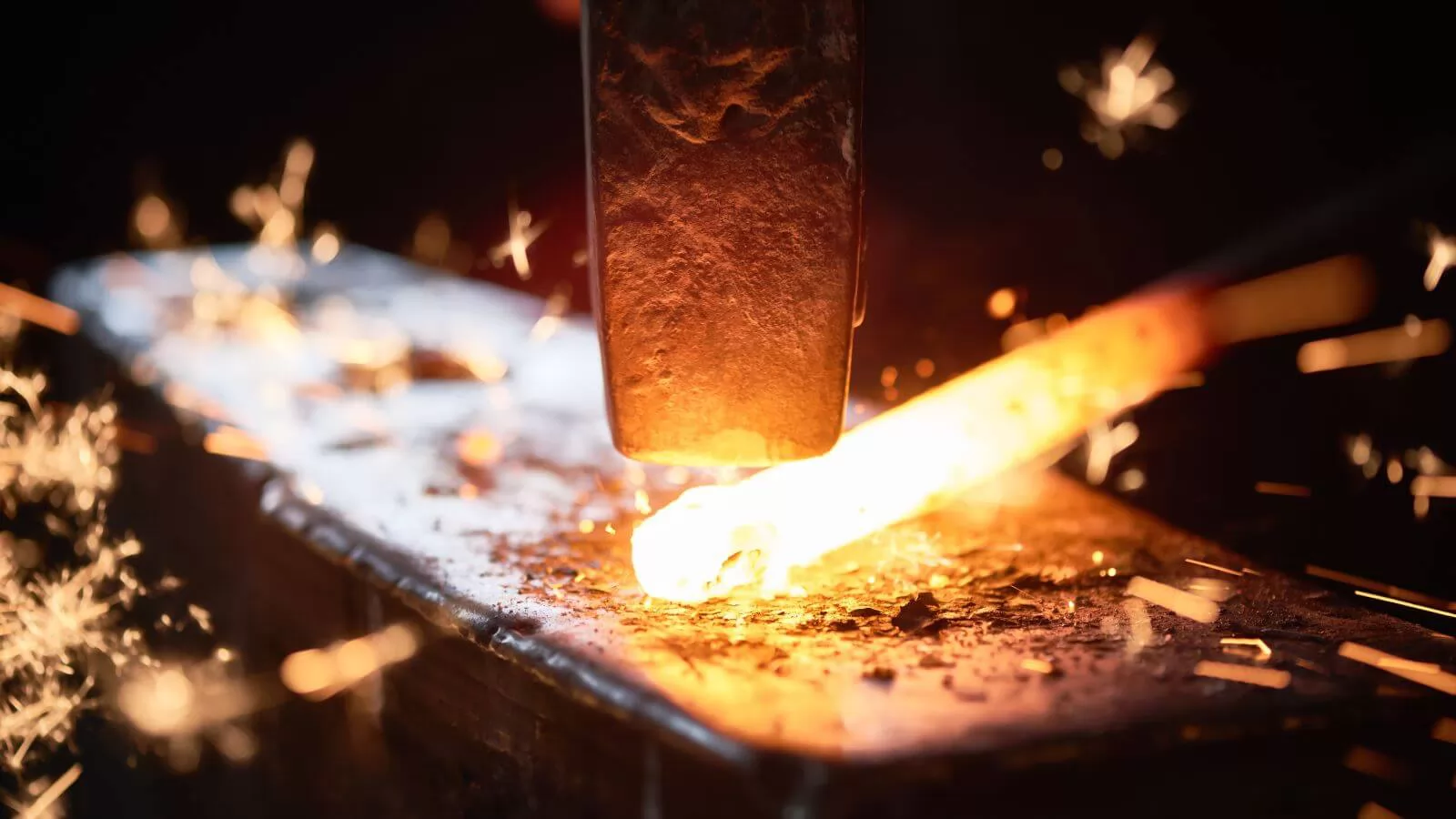
Want to know the difference between investment casting and Forging?
Should you choose investment casting or Forging to manufacture your product?
Through this article, you can see the answer you want, please read this article patiently!
|
Article Directory |
What is Investment Casting?
Creating a part using the investment casting or “lost wax” process is typically a more time-consuming process where a wax prototype of your part is made and then repeatedly dipped into liquid ceramic. The ceramic hardens and then the wax is melted out leaving you with a ceramic mold. Molten metal is then poured into the ceramic cavity where the wax once was. Once the metal solidifies, the ceramic mold is broken and removed leaving the metal casting. The mold used to create the wax pattern can be used many times however the ceramic mold is broken and discarded with each part.
However, Besser has automated every aspect of the investment casting process making one week lead times possible where the industry average is 7-15 weeks.

Advantages and disadvantages of investment casting
|
Advantages of Investment casting |
Disadvantages of Investment casting |
|
|
Common Investment Casting Applications
Investment casting is highly versatile, accommodating a wide range of ferrous and non-ferrous metals. As such, it is used to manufacture numerous high-precision, high-accuracy components, such as those for aircraft systems, automobile engines and brake systems, industrial assemblies, and dental and medical devices.
What is Forging?
At its most basic level, forging is the process of forming and shaping metals through the use of hammering, pressing or rolling. The process begins with starting stock, usually a cast ingot (or a "cogged" billet which has already been forged from a cast ingot), which is heated to its plastic deformation temperature, then upset or "kneaded" between dies to the desired shape and size.

Advantages and disadvantages of Forging
|
Advantages of Forging |
Disadvantages of Forging |
|
|
Common Forging Applications
In addition to engine and transmission parts, forgings are used for gears, sprockets, levers, shafts, spindles, ball joints, wheel hubs, rollers, yokes, axle beams, and bearing holders, and links.
Differences Between Investment Casting & Forging
While both investment casting and forging are used to produce metal parts and products, there are clear differences between the two processes.
|
Investment Casting |
Forging |
|
| Structural Integrity | Products tend to be more porous and more susceptible to breakage compared to forgings | Far superior in strength compared to castings. High level of material predictability |
| Tolerance | Allows for a high level of detail. Able to adhere to tight tolerances | Not well suited to highly complex geometries |
| Product Size | Compatible with a wide range of sizes | Limited in terms of the size and thickness of the metal (larger = more difficult) |
| Material Selection | Compatible with nearly all types of metal | Selection of alloys is limited |
| Secondary Operations | Provides primary product that will usually require very few secondary operations | Usually requires secondary operations to refine and finish product to exact specifications |
| Cost | Generally, less expensive compared to forging, but it depends on the specific casting method used | Tends to be most cost effective for medium to large production runs |
Choose Forging or Investment Casting
Occasionally, customers will want to compare the investment casting process with forging for manufacture of their components. While both processes are effective metal forming techniques, advantages and disadvantages are on two opposite ends of the spectrum. While both have their advantages and disadvantages, the factor that usually pushes most from forging to investment casting is the limitations on product complexity that forging imposes. While some simple parts with limited surface finish and tolerancing can be very economically forged in large quantities, nearly any complex feature of the geometry or special tolerances make investment casting the better choice.
Besser's Investment Casting Services
Besser is a leading investment casting foundry in China. Since 2002, we have started to provide investment casting services to overseas markets such as the United States, Australia, United Kingdom, Canada, etc.
After years of hard work, we have now become one of the best investment casting manufacturers in China. Through the automated lost wax investment casting process, we can customize investment castings for various industries such as agricultural castings, construction castings, railway castings, valve castings, food machinery castings and other industrial applications.
Feel free to contact us when you need investment casting solutions.
Bibliography
https://www.compass-anvil.com/forging-vs-casting
https://www.texmoprecisioncastings.com/advice/comparisons/investment-casting-vs-forging/



